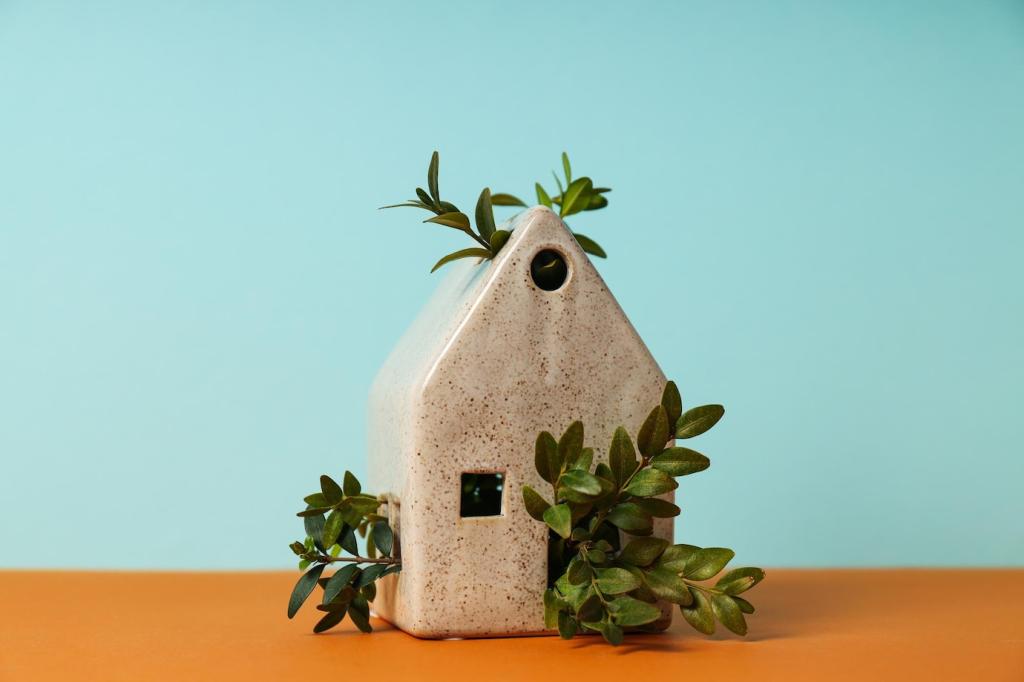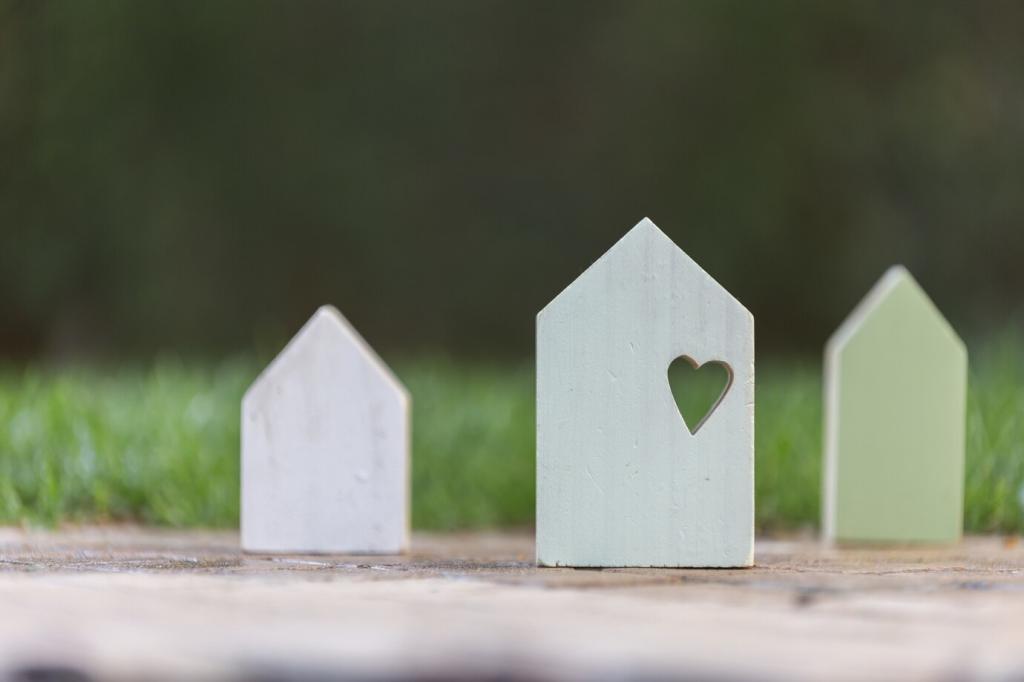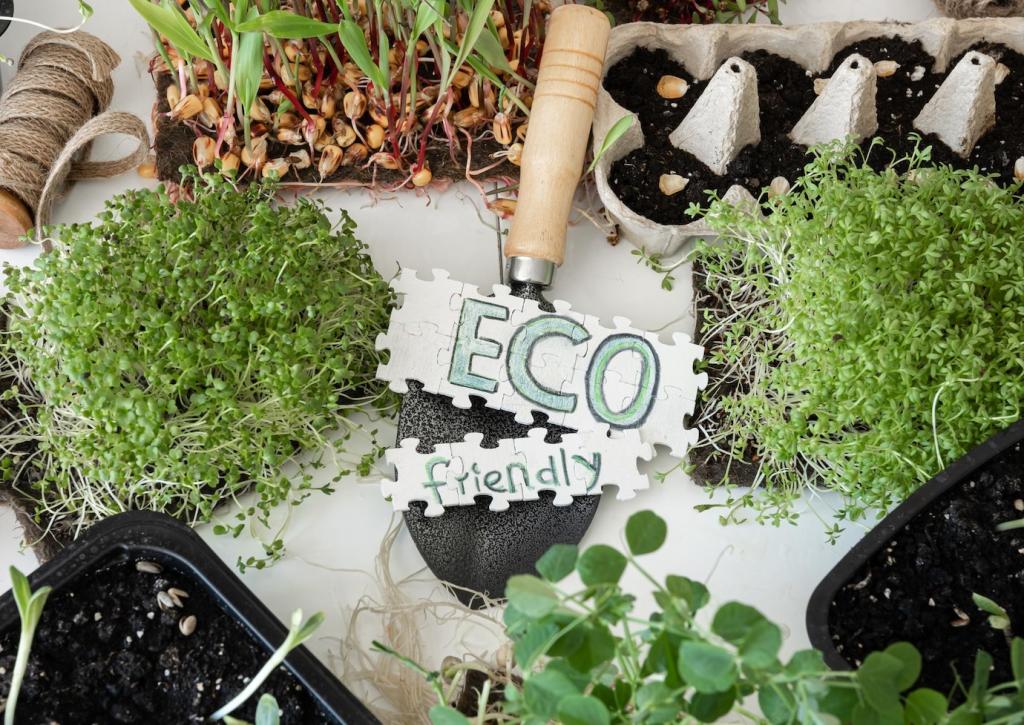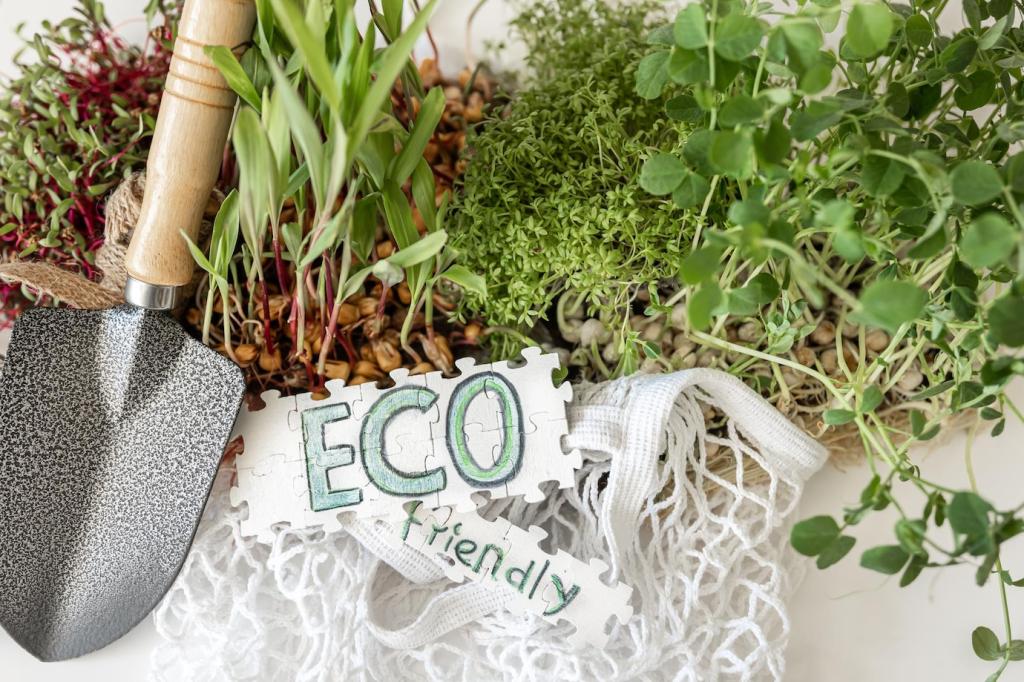Breathe Easy: Choosing Non-Toxic Finishes in Upcycled Furniture

This is the heading
Lorem ipsum dolor sit amet, consectetur adipiscing elit. Ut elit tellus, luctus nec ullamcorper mattis, pulvinar dapibus leo.

This is the heading
Lorem ipsum dolor sit amet, consectetur adipiscing elit. Ut elit tellus, luctus nec ullamcorper mattis, pulvinar dapibus leo.
Choosing the Right Non-Toxic Finish
Penetrating oils soak into fibers, hardening through polymerization to create a warm, tactile surface that is easy to refresh. Pure tung resists moisture well, linseed ambers beautifully, and hemp offers fast drying. Expect subtle sheen, visible grain, and re-application as needed for tables, chairs, and wooden accents.
Wax brings a soft, hand-rubbed glow and a touchable, silky feel. It excels on decorative pieces, drawer fronts, and over milk paint, but requires periodic rebuffing. Choose solvent-conscious blends or solid pastes; avoid harsh petroleum carriers. For high-traffic tabletops, pair wax with a tougher, non-toxic sealer underneath.
Modern waterborne finishes offer clarity, durability, and quicker recoat times with far fewer fumes than solvent systems. Look for credible certifications and read technical data for VOC levels. Apply with a high-quality synthetic brush or HVLP sprayer, and mind sanding between coats for a flat, resilient, kid-friendly surface.
Safe Prep: Removing Old Finishes Responsibly
Before disturbing painted surfaces, use recognized lead test swabs on suspect layers, especially pre-1978 pieces. If positive, follow containment best practices, avoid dry scraping, employ a HEPA vacuum, and consider encapsulating primers or off-site stripping. Share your safety strategies to help others navigate vintage surprises responsibly.
Safe Prep: Removing Old Finishes Responsibly
Soy-based or benzyl alcohol strippers can soften stubborn varnish without the aggressiveness of methylene chloride. Brush on, cover with plastic to prevent evaporation, and allow dwell time. Scrape gently, neutralize residue per instructions, and use gloves and eye protection. Ventilate well, even with safer products, and dispose responsibly.


Application Techniques for Beautiful, Safe Results
01
Wiping Oils: Penetration, Patience, and Rags
Apply thinly, wait for absorption, then wipe off every visible excess to prevent sticky surfaces. Repeat light coats for depth. Temperature and humidity affect cure, so allow generous time. Dry oily rags flat outdoors or submerge in water before sealing in a metal container to prevent spontaneous combustion.
02
Milk Paint Magic: Porous Charm without Fumes
Casein-based milk paint mixes with water, brushes on velvety, and ages gracefully. Use a bonding agent on slick finishes, layer colors for depth, and distress selectively for character. Seal with wax for softness or a waterborne topcoat for kitchen-friendly durability. Share your favorite color recipes with fellow readers.
03
Shellac and the French Polish Tradition
Dewaxed shellac flakes dissolved in ethanol create a fast-drying, repairable finish with a gentle scent. It locks in lingering odors in old drawers and delivers a jewel-like gloss via French polishing. Practice overlapping passes, keep the pad moving, and enjoy time-tested elegance without heavy, lingering solvent clouds.
Durability, Maintenance, and Curing Times
Touch-dry is not fully cured. Many finishes need days or weeks to harden through and off-gas remaining volatiles. Be gentle early on, use coasters, and postpone heavy loads. Share your patience hacks—like rotating pieces between rooms—so others can protect their fresh, safer finishes while they settle.
Durability, Maintenance, and Curing Times
Clean with a barely damp cloth and mild soap, then dry immediately. Avoid abrasive pads and silicone sprays. Re-wax seasonally if needed, or refresh oil annually for luster. Little rituals extend life, reduce waste, and keep your upcycled furniture feeling special. Comment with your maintenance checklist to inspire newcomers.


Stories, Labels, and Community Connections
I rescued my grandmother’s oak dresser, sealed its smoky scent with shellac, layered two tones of milk paint, and burnished beeswax to a soft glow. The room smelled clean, my allergies calmed, and the piece finally felt hug-worthy. Tell us your proudest non-toxic transformation in the comments.

Stories, Labels, and Community Connections
Look for credible marks like GREENGUARD Gold, EU Ecolabel, or Cradle to Cradle, and actually read the safety data sheet. Favor clear ingredient lists, low VOC numbers, and consistent labeling. If a claim seems vague, email the brand. Share trustworthy products you love so others can choose confidently.
